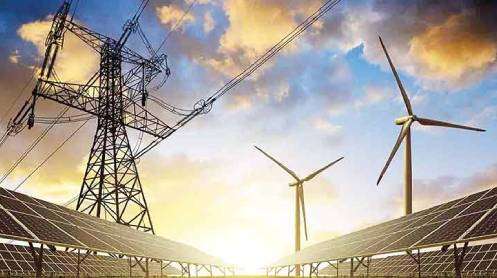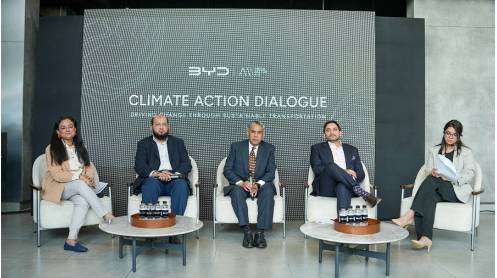ISLAMABAD: Pakistan’s electricity consumption fell by 3.6% during the first nine months (July–March) of FY2024–25, reaching 80,111 GWh compared to 83,109 GWh in the same period last year, according to the Economic Survey 2024–25.
The decline is attributed to subdued industrial activity, elevated power tariffs, energy conservation drives, and increased adoption of off-grid solar solutions. Despite the overall decline, the household sector’s share rose to 49.6% (39,728 GWh), reflecting steady residential demand, while industrial consumption dipped to 21,082 GWh, down from 22,031 GWh.
Electricity use in agriculture dropped sharply by 34.3%, from 6,951 GWh to 4,566 GWh, due to changing irrigation practices and rising reliance on solar and diesel alternatives. The commercial sector saw a slight uptick to 6,898 GWh, while consumption in public and government buildings remained steady at 7,037 GWh.
The Private Power and Infrastructure Board (PPIB) continues to drive the shift to indigenous and renewable energy. Its current portfolio includes 19 IPPs totaling 6,536 MW, of which 84% are clean energy projects. Pakistan now operates six nuclear power plants with a combined capacity of 3,530 MW, maintaining an 80% capacity factor despite demand challenges.
As of March 2025, the nation’s total installed generation capacity stood at 46,605 MW, with hydropower, nuclear, and renewable sources accounting for 44.4% of the mix. Generation reached 90,145 GWh, with 53.7% derived from clean sources, highlighting Pakistan’s ongoing transition to sustainable, low-cost power.
Story by Mushtaq Ghumman







